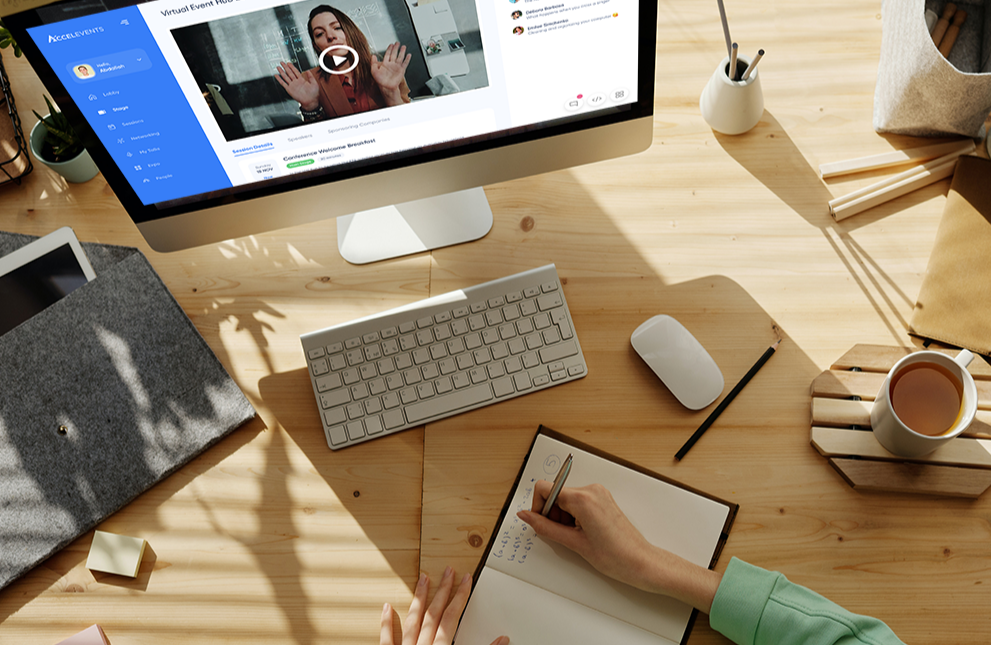
Just a few months ago, terms like “social distancing” and “sheltering in place” were rarely used. Now, “non-essential” employees are working from home. Events are being cancelled. Social interaction has become limited. With no clear picture of when life will return to normal, many companies are turning to the internet to hold their events.
This presents the question: Is your company ready to go digital? Here’s how to do it.
Pick a Platform – First things first, you’ll need a vehicle to get your event out to the public. From Zoom to Vimeo to Adobe Connect, you have plenty of options. (Our agency uses Zoom for our virtual event, PR Reimagined.) Before selecting a platform, decide the features you’d like your event to have. Will you be conducting a Q&A? Do you want to record your event? Make a list and then pick a platform that provides the services you need.
Brief Your Speakers Before The Event – Simply selecting the right speakers isn’t enough. It’s important to brief your speakers ahead of your virtual event, possibly even more so than if your event were in-person. Virtual audiences are much harsher critics than in-person ones, so review talking points with speakers to ensure your event runs smoothly.
Plan For Technical Difficulties – The internet can be tricky and fickle. Plan for technical difficulties. Have your speakers log on to your event platform at least 15 minutes in advance. A test run prior to your event is also helpful as it allows you to work out any kinks before going live.
Engage Attendees – Although your event is online, you can still develop a sense of connection for your attendees. Get them involved. A Q&A is a simple way to make attendees feel part of your event. Schedule at least 15 minutes to allow your audience to ask questions to your panelists. Attendees feel engaged, and you’ll create an additional layer of depth to your event. While a good panel event will leave your audience wanting more, providing a few backup questions is always a good idea.
Utilize Multiple Platforms – There are multiple ways to interact with attendees before, during, and after your event. Start a Slack channel. Slack is a great place to share resources and chat with your audience. It also allows attendees to network in groups or one-on-one. Facebook groups are another great way to build community that can last far after your event is over.
Provide Useful Materials – Consider creating takeaway materials for your audience. These should relate to your event and provide valuable information for your guests. These materials can be provided in multiple ways – on a landing page, in an email, or provided as a link during your event.
Communicate With Guests Often – With so many virtual events happening daily, it’s important to make yours stand out,. Send emails to your audience – a save-the-date, the invitation, and a reminder email are highly recommended. Once your event has wrapped up, send your attendees a thank-you email. Provide a recording of the event and any takeaway materials you’ve created. If you’re planning another event, this is a great place to promote it.
Once life returns to normal, will virtual events replace all in-person ones? Most likely, no. Nothing can truly replace a physical gathering. However, post-pandemic, streaming your event online can have its perks. Now’s the time to learn the tools to creating a successful event, whether in-person or online. Because one thing is certain: Virtual events are here to stay.